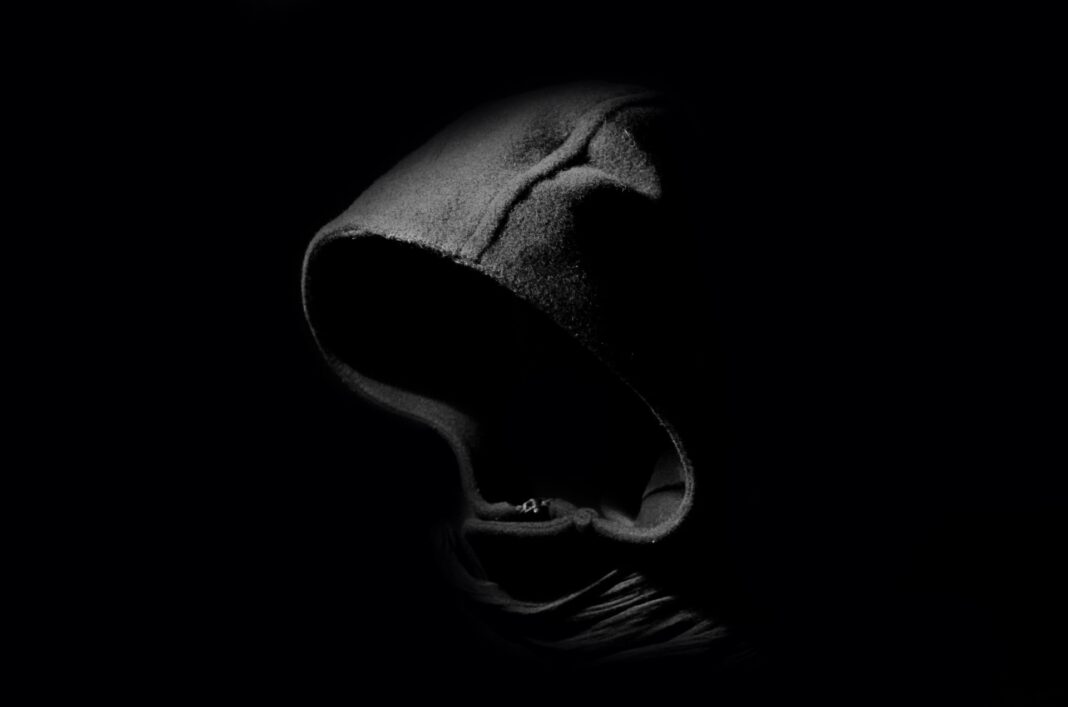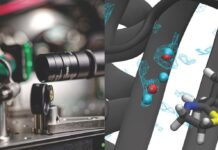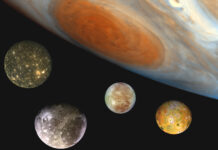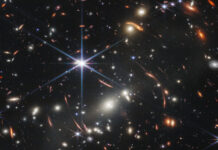Maxwell’s Demon, in a nutshell
The Scottish physicist James Clerk Maxwell posed this “paradox” of sorts, the year Canada gained its independence; both are 150 years old, as of this year!
“Maxwell’s Demon” is an entity that guides the flow of gas particles between two boxes facing each other. The two boxes each have the same number of particles at the same temperature and pressure, at the start. The Demon then “filters” the flow of gas between the two boxes such that only high-energy particles can flow from one box to another (but never the other way), while only low-energy particles can flow in the opposite direction (again, only one-way flow). After a while, one box will be filled with only high-energy gas while the other will have only low-energy particles inside it.
The paradox lies in how such a system could even exist in the first place because the Demon needs to be a natural phenomenon and the resulting states inside the boxes should violate the Second Law of Thermodynamics (the Law of Entropy, where all closed systems must become more disordered over time).
The quantum mechanical Demon
Dr. Janet Anders and team have recently confirmed that a quantum mechanical equivalent to Maxwell’s Demon indeed exists naturally. The role of boxes was played by “superconducting qubits” (very tiny superconductors), the role of gas particles was played by photons of specific energies, and the role of Demon was – according to the authors’ findings – played by a “microwave cavity” (basically, like a vacuum).
Because subatomic particles inhabit all possibilities simultaneously, it is possible to select for only high-energy in one box and only low-energy particles in the other; calibrating the cavity will allow for the photons to flow in a similar manner to the way described in Maxwell’s original paradox.
In this case, though, the set-up allows for this paradox to be resolved, or at the very least grants insight into how to address it using gas particles instead of photons.
Below is a simplified – still ridiculously complex, though – illustration of this experiment:
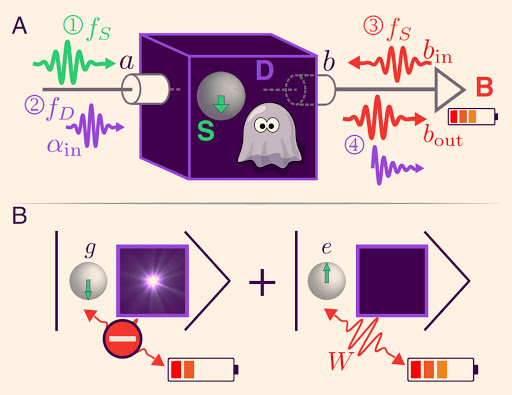
Reference
Nathanaël Cottet et al. 2017. “Observing a quantum Maxwell demon at work.” PNAS; doi: 10.1073/pnas.1704827114
Image Credit: Robert Couse-Baker
